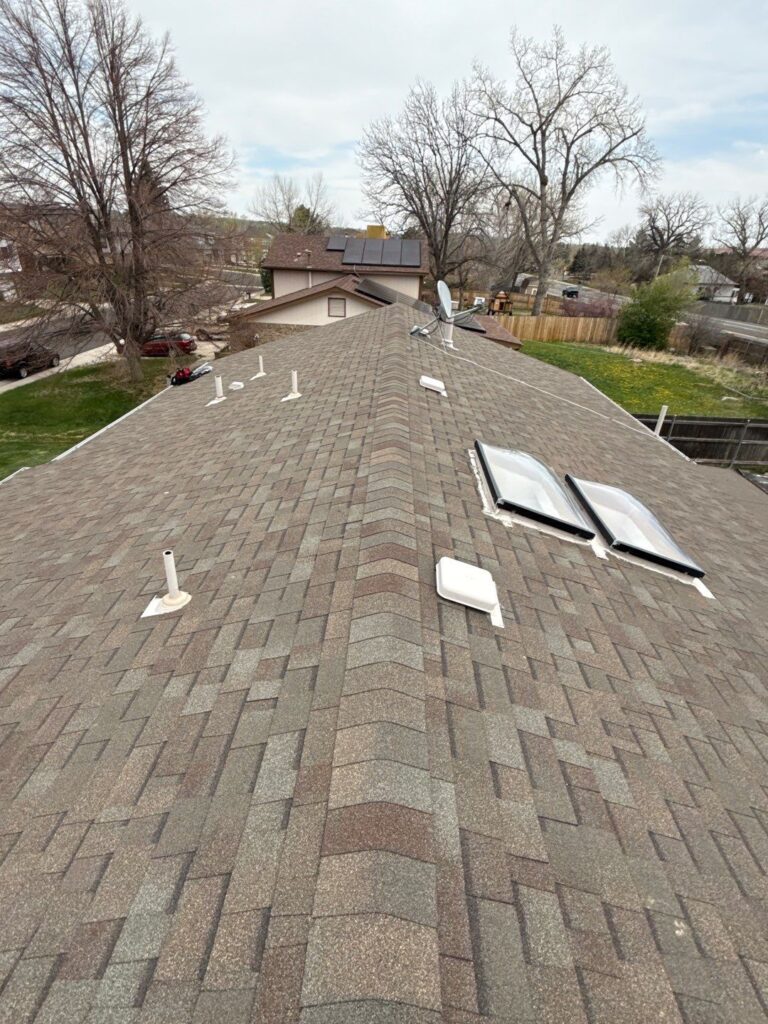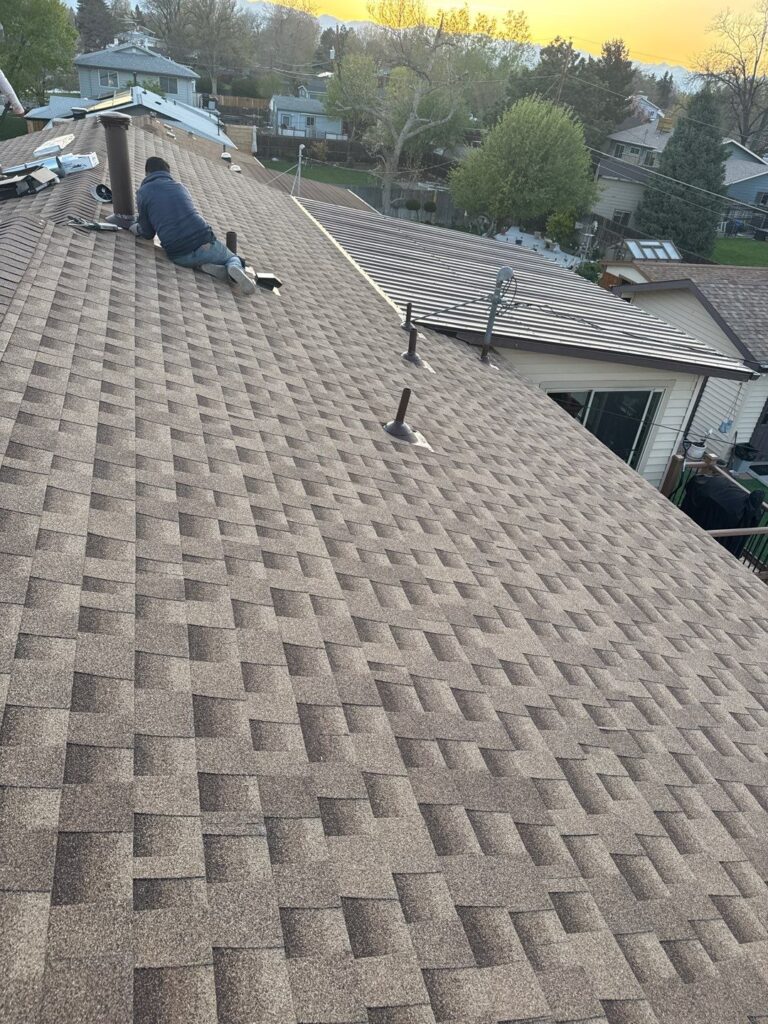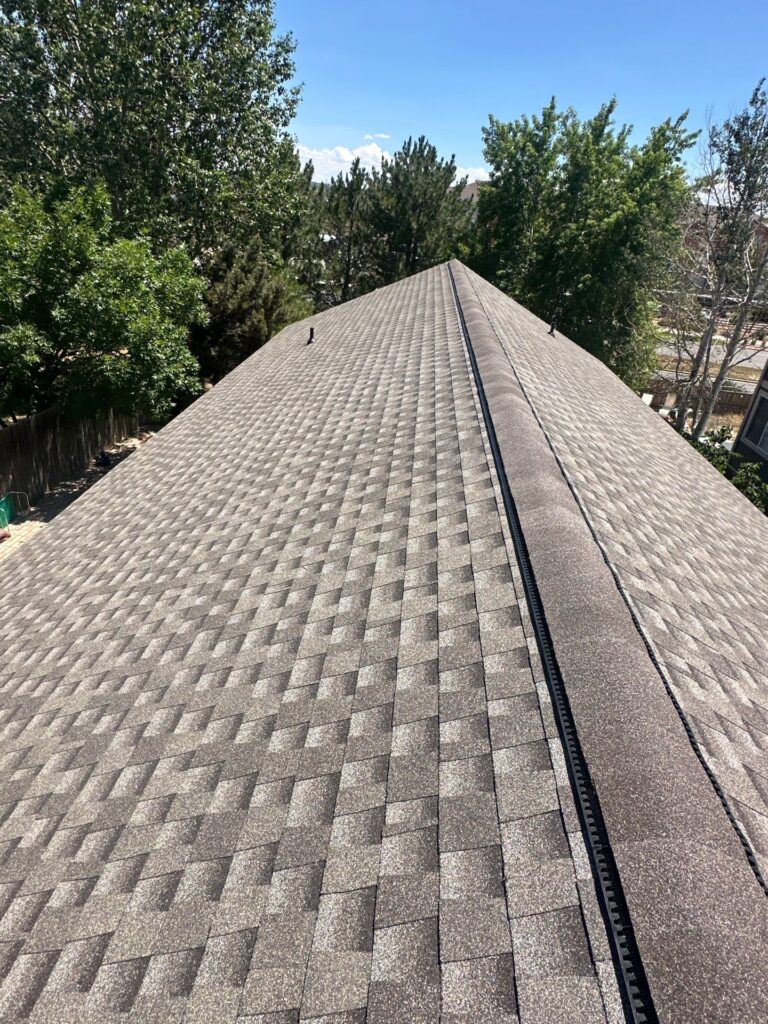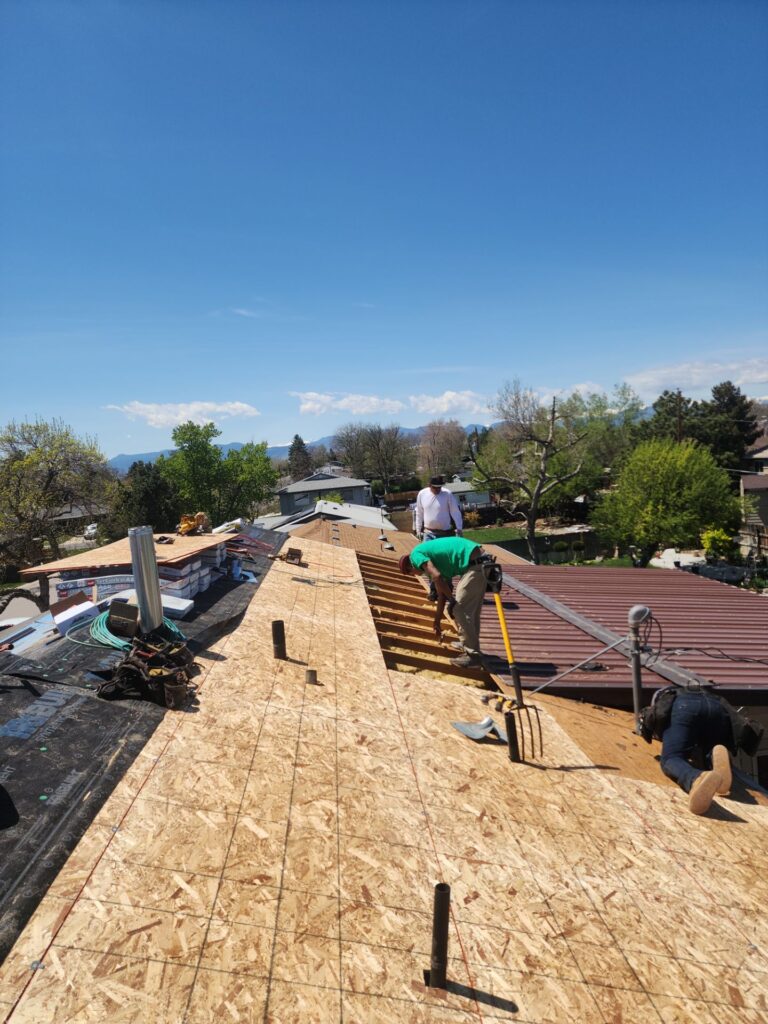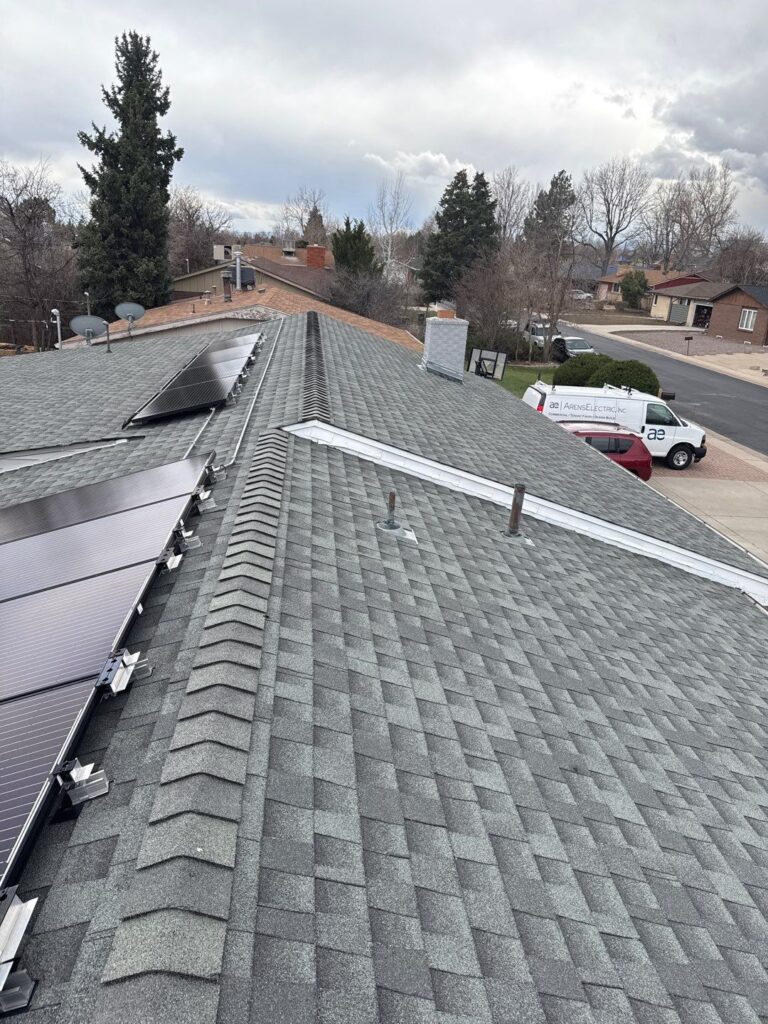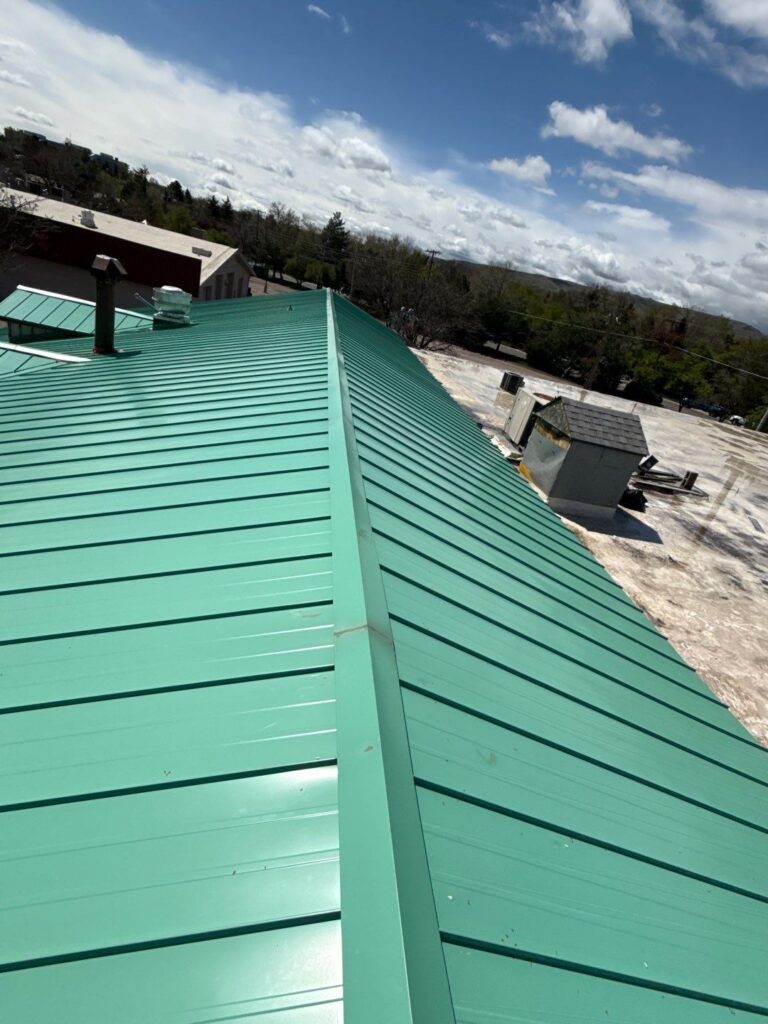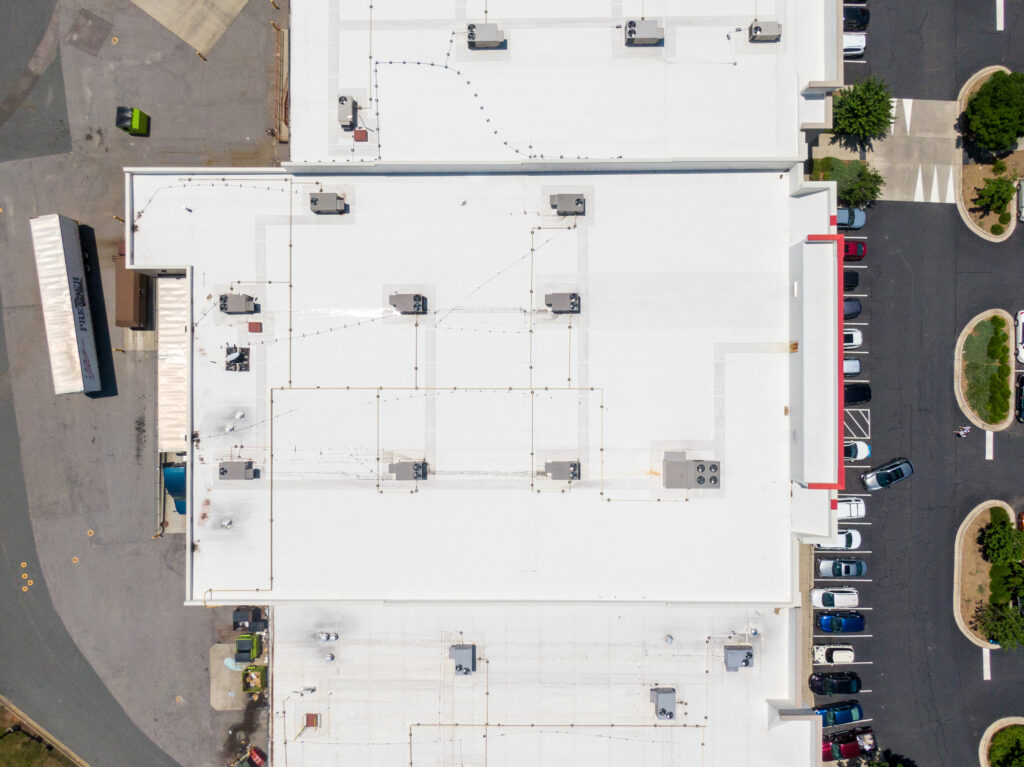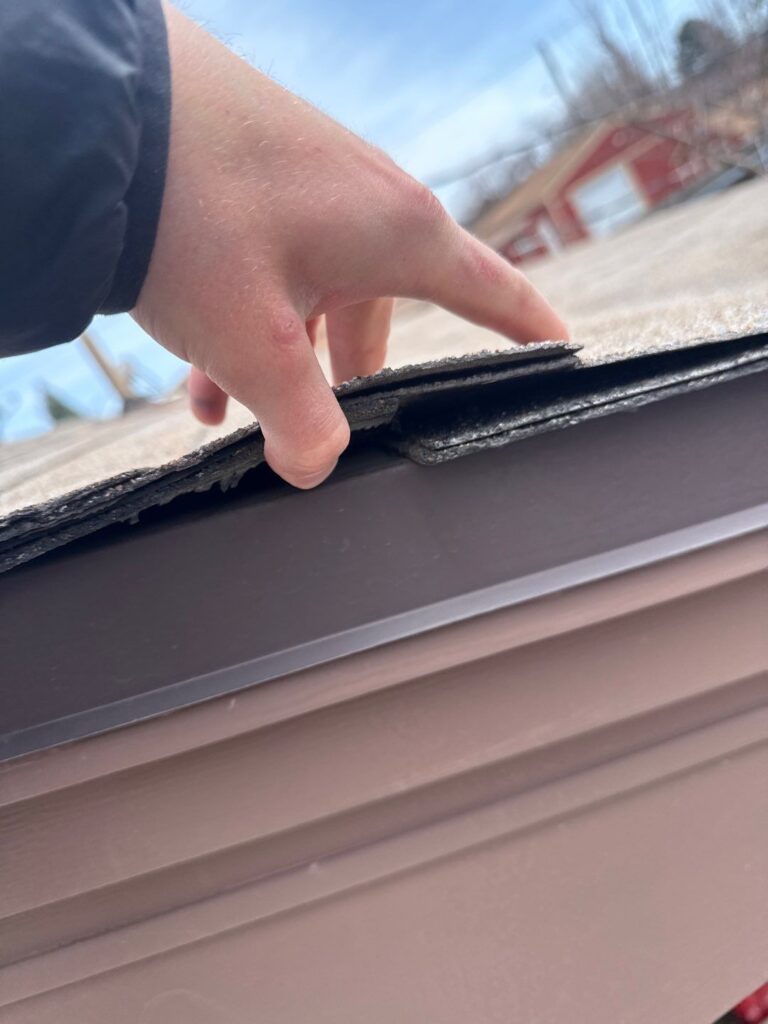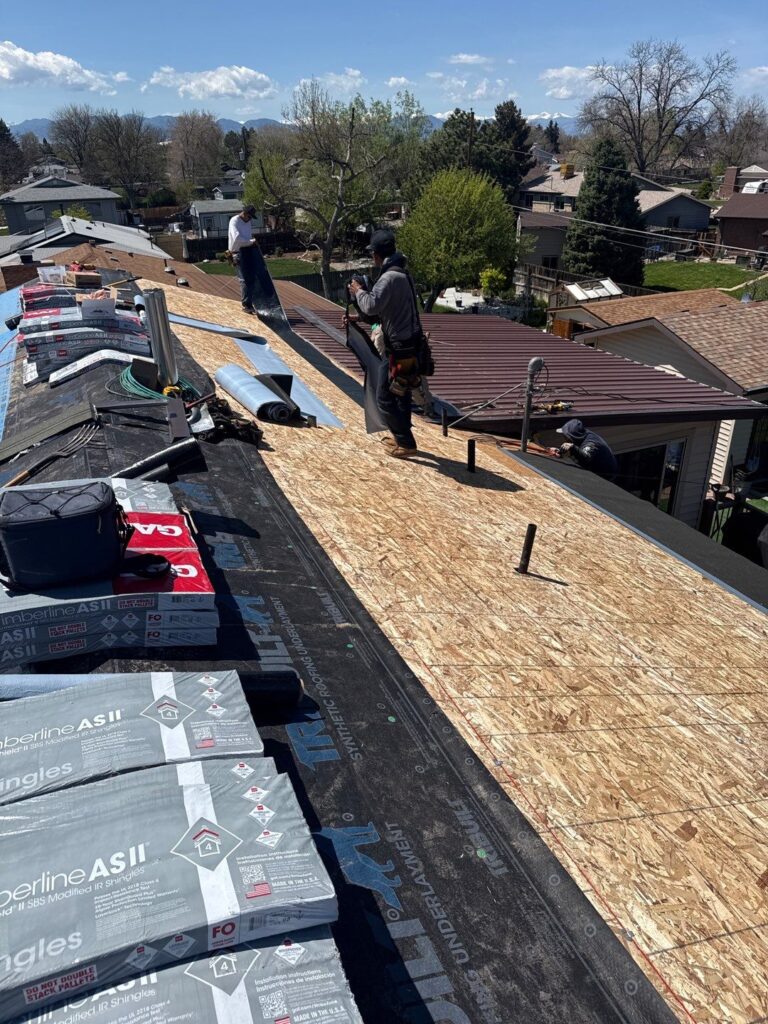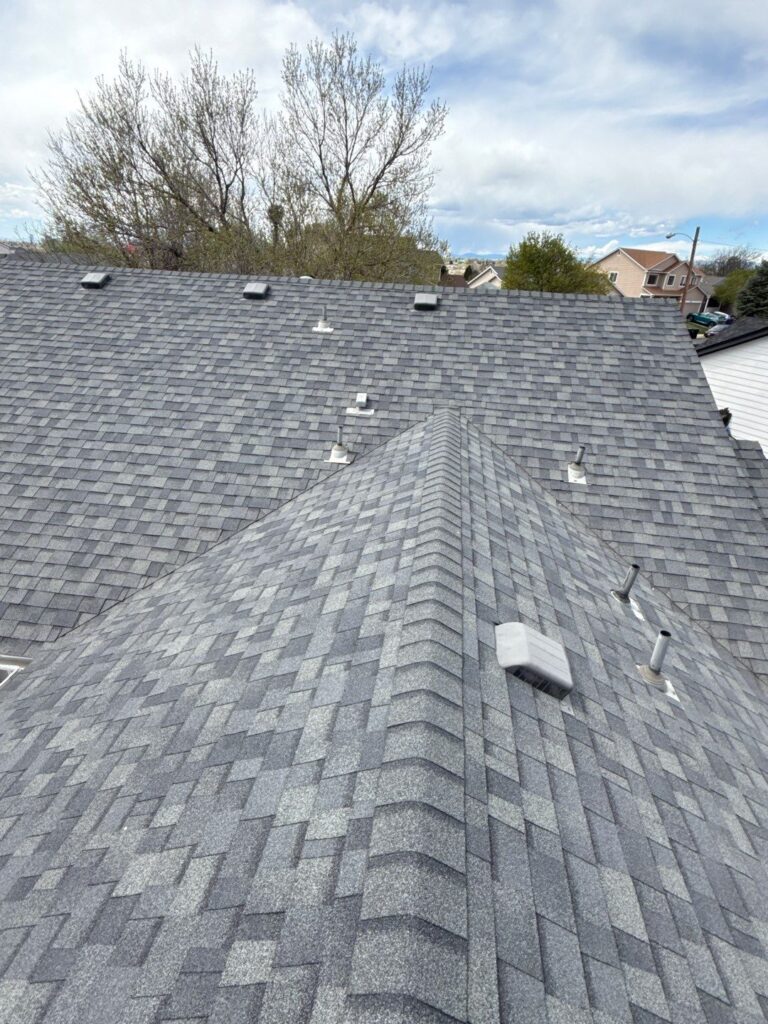Comprehensive Guide to Commercial Roofing Services in Denver, Colorado
Understanding the Importance of Commercial Roofing in Urban Environments
A robust commercial roofing system is essential for the operational continuity, structural safety, and energy efficiency of any business facility. In Denver, Colorado, where snow loads, high UV exposure, and fluctuating weather patterns pose challenges to structural integrity, choosing the right roofing solution is more than a construction decision—it is a strategic investment in long-term asset preservation.
Key Factors in Selecting a Commercial Roofing System
When evaluating commercial roofing in Denver, several factors must guide the decision-making process:
1. Durability and Material Suitability
Denver’s unique climate necessitates materials that withstand freeze-thaw cycles, intense sunlight, and seasonal storms. Top-performing commercial roofing systems include:
- TPO (Thermoplastic Polyolefin): Offers excellent UV resistance and energy efficiency.
- EPDM (Ethylene Propylene Diene Monomer): Known for its weathering resistance and longevity.
- Metal Roofing: Ideal for durability, low maintenance, and modern aesthetics.
Each of these systems serves different building types and budget ranges, but all provide the foundational resilience needed in Colorado’s climate.
2. Energy Efficiency
A well-insulated and reflective commercial roof reduces energy expenditures. White TPO membranes, in particular, are favored for their ability to reflect solar radiation and reduce cooling demands—a priority for businesses focused on sustainable operations and energy cost savings.
3. Compliance and Code Requirements
Local codes in Denver mandate commercial roofs to meet specific wind uplift, snow load, and fire resistance standards. It’s essential that any selected roofing system is fully compliant with Denver Building Code specifications to avoid costly penalties and ensure insurance eligibility.
Step-by-Step Breakdown of the Commercial Roofing Process
Initial Consultation and Roof Assessment
A comprehensive roof inspection is the cornerstone of any successful commercial roofing project. This phase includes:
- Infrared moisture scans
- Drainage analysis
- Substrate integrity checks
These assessments inform material selection and determine if a complete roof replacement or a retrofit overlay is appropriate.
Detailed Project Proposal and Timeline
Transparency is key. A reliable roofing company provides a detailed scope of work including:
- Material specifications
- Estimated labor timeline
- Safety procedures
- Total projected cost
This allows business owners to align roofing upgrades with fiscal planning and operational downtime windows.
Expert Installation by Licensed Contractors
Execution matters. Professional Denver roofers utilize precision installation practices, including:
- Seam welding or mechanical fastening for membrane systems
- Appropriate flashing at penetrations
- Installation under optimal weather conditions
Strict adherence to manufacturer and industry installation standards maximizes warranty protection and service life.
The Strategic Value of Routine Roof Maintenance and Inspections
A proactive inspection program extends the lifespan of any commercial roof. In Denver, where hail and snow events are common, seasonal inspections are a business necessity.
Scheduled Preventive Inspections
- Spring: Assess winter damage, clear drainage systems
- Fall: Prepare for snow accumulation, seal vulnerabilities
- Post-Storm: Check for punctures, membrane lifting, and structural shifts
Maintenance Services
Routine services include debris removal, reapplication of sealants, tightening fasteners, and replacing damaged flashing. These small interventions prevent costly emergency repairs and unplanned operational disruptions.
Common Signs Your Commercial Roof Needs Attention
Business owners should remain alert to:
- Interior leaks and water stains
- Visible cracks or punctures in roofing membrane
- Mold or mildew formation in ceiling tiles
- Sagging or uneven rooflines
Early detection of these issues allows for targeted repairs before structural degradation occurs.
Benefits of Partnering with a Professional Roofing Company
Choosing a qualified roofing contractor ensures:
- Correct material application
- Code-compliant execution
- Full warranty coverage
- Reduced liability through OSHA-safe work practices
One trusted provider, Tried and True Roofing, offers specialized commercial roofing services across Denver, Colorado, combining regional expertise with top-tier craftsmanship.
CONCLUSION
Investing in a high-performance commercial roof is essential to safeguard business assets, lower operating costs, and ensure regulatory compliance. Through thoughtful material selection, precise installation, and consistent maintenance, commercial property owners in Denver can secure decades of reliable protection and long-term ROI. Select seasoned Denver roofing professionals with a proven track record to deliver resilient, code-compliant roofing solutions tailored to the city’s demanding climate.
Comprehensive Guide to Commercial Roofing Services in Denver, Colorado Read More »


